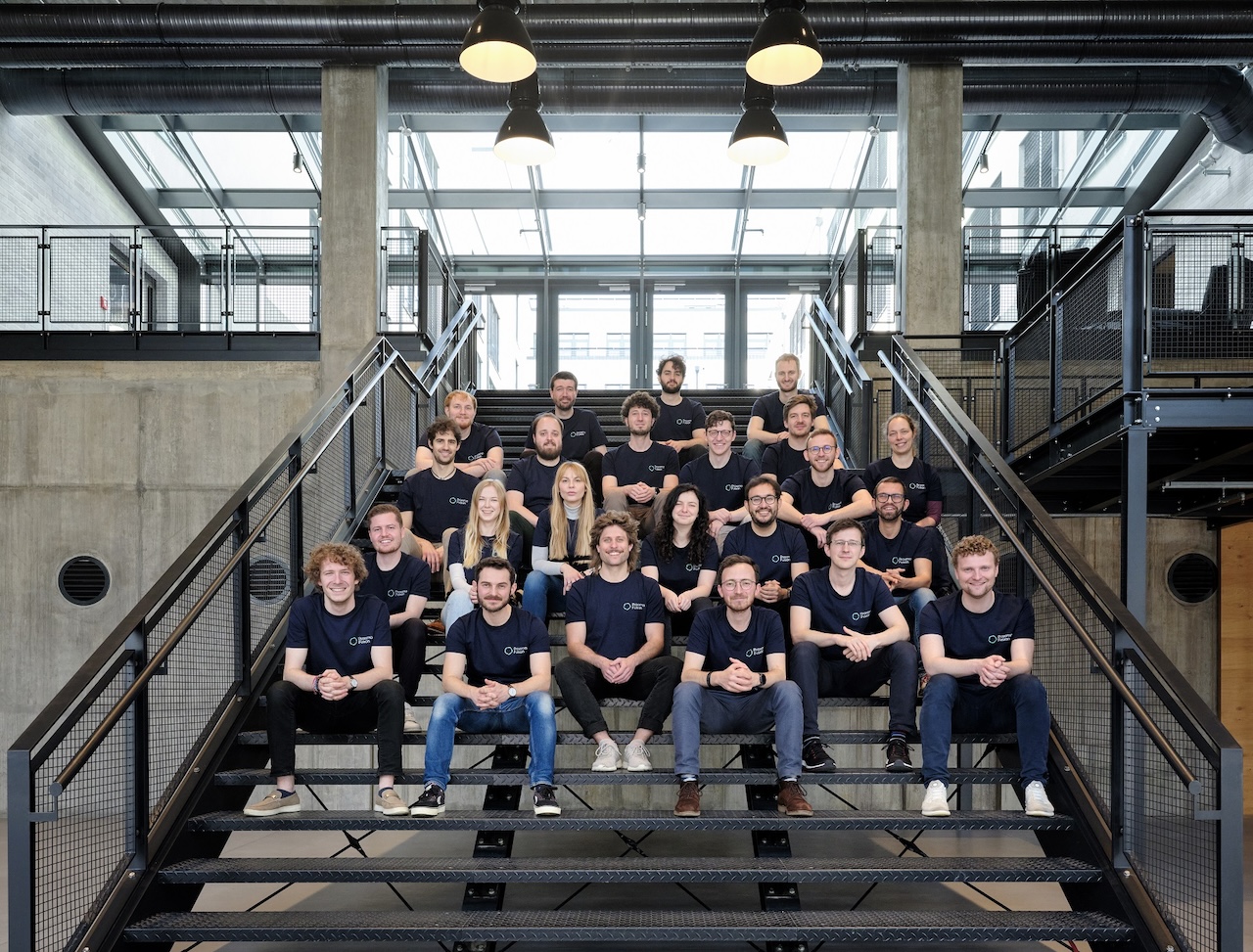Proxima Fusion, the startup born as the first spin-out of the Max Planck Institute for Plasma Physics (IPP) that raised €7.5 million between May and November 2023 , announces that it has closed a round for an additional €20 million in seed funding.
This capital is used by the startup, which has its headquarters in Munich, to start the construction of the first generation of fusion energy plants based on quasi-isodynamic (QI) stellarators with high-temperature superconductors. Proxima Fusion’s vision is to lead Europe into a new era of clean energy.
The seed round was initiated on spontaneous investor interest and received a large following. The investment was led by Redalpine, with the participation of the Bavarian government-backed Bayern Kapital, the German government-backed DeepTech & Climate Fonds and the Max Planck Foundation. Existing investors from the pre-seed, including Plural, UVC Partners, High-Tech Gründerfonds, Wilbe and Visionaries Club’s Tomorrow, have extended their investments.
QI stellarators promise a clean, safe, and virtually unlimited source of energy. The science behind this class of fusion magnetic confinement devices has been the subject of research for more than six decades; However, achieving conditions to create sustainable and commercially viable energy with fusion remains a challenge. In 2022, outstanding new stellarator optimization results have given the industry a whole new perspective, enabling Proxima Fusion to meet the challenge with an engineering- and simulation-focused approach, leveraging advanced computational methods.
The company builds on the experience of the Wendelstein 7-X (W7-X) experiment, the world’s largest stellarator at the Max Planck Institute’s IPP, the result of €1.3 billion of visionary public investment by the German government and the European Union.
Star Engineering
“Our first year of activity has exceeded all expectations,” Francesco Sciortino, co-founder and CEO of Proxima Fusion, said in a statement. In April 2023, we got off on the right foot for both engineering optimization and high-temperature superconducting magnets. A year later, we feel we can lead Europe into a new phase of stellarator R&D, having made tremendous progress in integrated design with our StarFinder framework. The spontaneous interest of new high-level strategic investors, in addition to accelerating the development of our project, confirms the disruptive impact we are committed to achieving, supported by the extraordinary quality of the team we have put together”.
Simulation-driven engineering has been a key feature of Proxima Fusion since its inception. Recently, artificial intelligence (AI)-enabled design has become another dominant component in the technical curriculum, structuring the entire engineering activity of Proxima Fusion to collect training data and enable AI in various fields. “When we started Proxima Fusion, we saw an opportunity to radically automate engineering design in QI stellarators – comments co-founder Martin Kubie -. In one year, we’ve come a long way toward realizing that vision.”
By backing the startup, investors join a team that in just a few months has attracted scientists and engineers from TUM, EPFL, Stanford, MIT, Harvard, Lilium, Tesla, and Google. Proxima Fusion builds on decades of research submitted to the scientific community for validation through the peer review process, with the audacity to redefine stellarator engineering and deeptech ambition in Europe.
Harald Nieder, physicist and general partner at Redalpine, says: “Fusion energy presents both incredible challenges and unprecedented opportunities, and must be pursued vigorously to ensure a clean energy future. I am incredibly excited to be alongside Proxima Fusion on a journey that will certainly be memorable for Europe and the world.”
Ian Hogarth, partner at Plural, says: “W7-X is one of the technological marvels of the modern world. Proxima Fusion, originally born from the organization that built it, aims to take the vision of W7-X to the industrial level. It is a project whose implementation is destined to have an impact in terms of GDP. The team that will bring fusion to the grid will open the door to a clean energy future.”
“The key now is the flawless integration of scientific achievements and first-class engineering quality,” adds Benjamin Erhart, general partner at UVC Partners. Proxima Fusion’s strengths in automated design, AI-enabled engineering, high-temperature superconducting magnets, as well as the rapid growth of the team, give us tremendous confidence in their ability to turn fusion energy into reality.”
In addition to accelerating the development of key enabling technologies in the hardware and software sectors, Proxima Fusion will use the seed funding to further expand the team with world-class engineers and physicists, as well as to secure additional public funding.
ALL RIGHTS RESERVED ©
